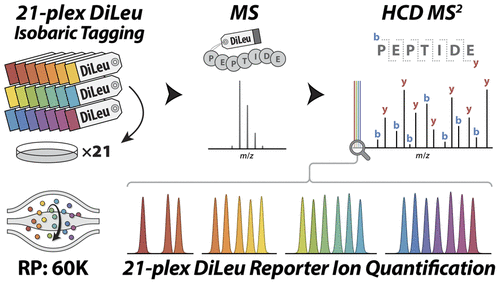New plasma protocol for LC-MS/MS
Evgenia Shishkova has developed a new protocol that offers step-by-step instructions for preparation of raw blood plasma for liquid chromatography – tandem mass spectrometry (LC-MS/MS). The technique is simple, robust, and reproducible. The entire transformation only takes 3–4 h. This protocol can be adopted for large-scale studies and automation.
Process is available in STAR Protocols: Rapid preparation of human blood plasma for bottom-up proteomics analysis


